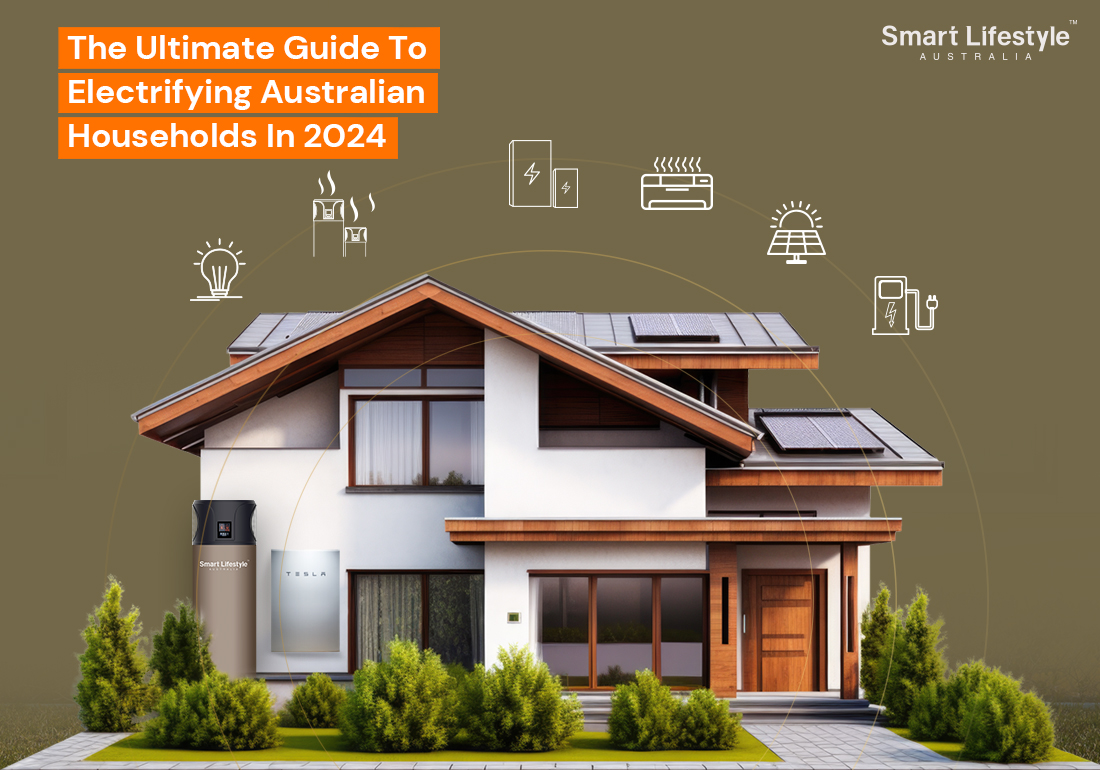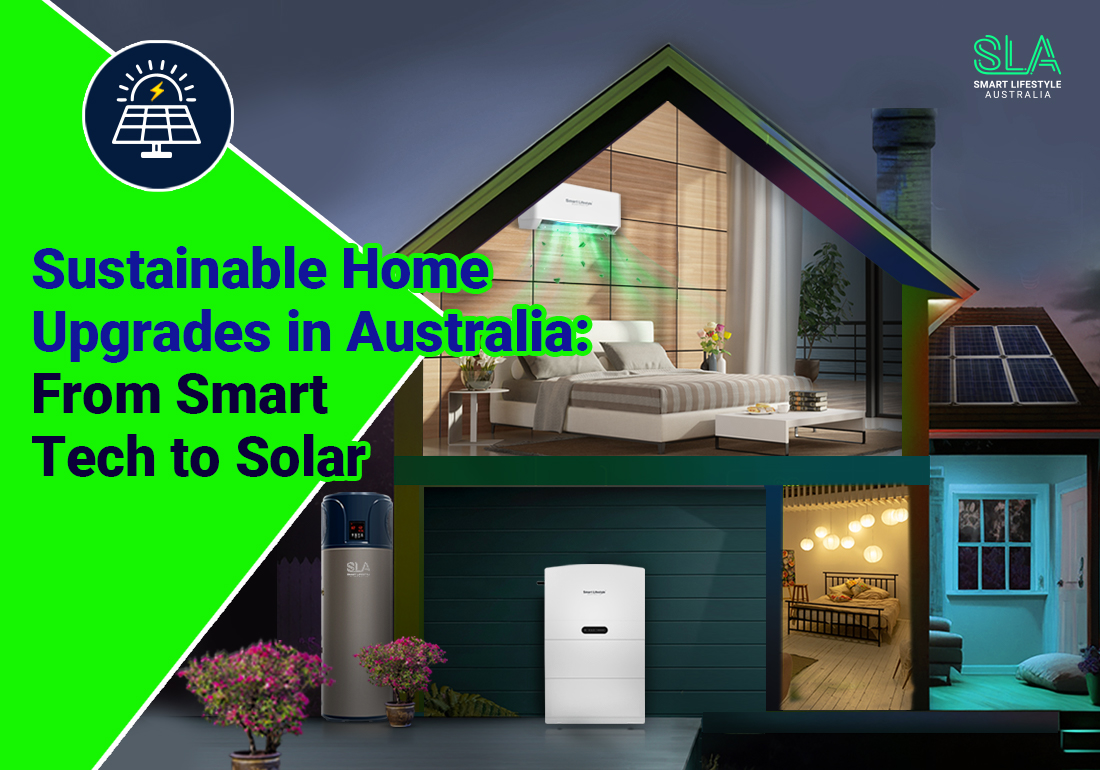Australia is transforming into an electrifying country. Going electric is getting more popular among Australian households. And this ultimate guide to electrifying Australian households in 2024 will only pave the way towards electrification.
Understanding the Electrifying Household
An electrifying household typically refers to a home equipped with modern electrical appliances, devices, and fixtures that rely on electricity for operation.
It can include lighting, heating and cooling systems, kitchen appliances, computers, and various electronic gadgets.
The term “electrifying” suggests a home powered by electricity and may be technologically advanced or up-to-date regarding its electrical infrastructure and devices.
What does going Electric Actually Mean?
When building a new house or fixing up an old one, it’s an excellent time to consider using all-electric systems and gadgets.
Even though energy-efficient electric appliances might cost more initially, they’ll cost less to run over time than appliances that use natural gas or aren’t very energy-efficient.
Also, if your new home has solar panels on the roof, you could save even more money. That’s because the best thing about solar power is using the energy it makes right away rather than sending extra power back to the electric grid.
How Much Could I Save by Switching to All-Electric?
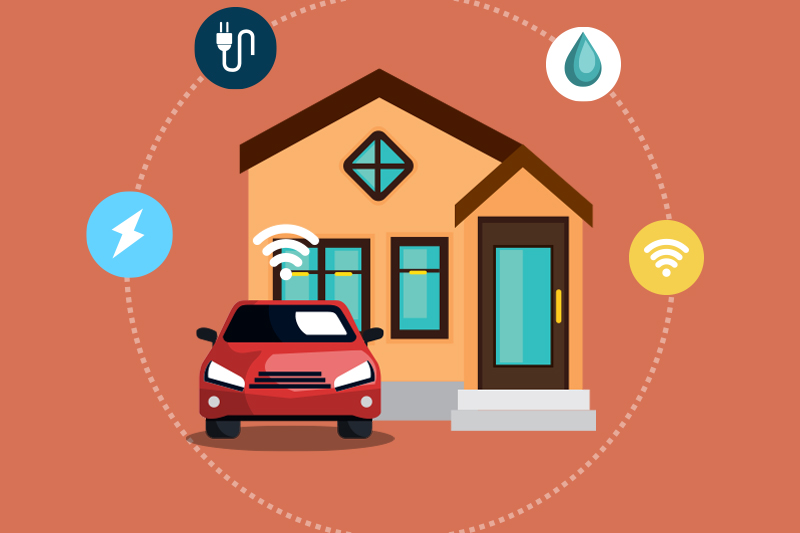
According to Sustainability Victoria, if you have solar panels on your house, switching to electricity could save you about $1,250 on your energy bills each year.
It is on top of the $950 you save yearly from having a 6.6kW solar system. If you add a medium-sized battery system, you could save an extra $520 per year.
Even if you don’t have solar panels, you can still save money by upgrading to energy-efficient appliances. Heating and cooling (41% of home energy use) and hot water (21%) are the biggest energy consumers.
Upgrading to energy-efficient electric appliances as old ones wear out could lower your energy bill and benefit more from solar power if you decide to get it.
Ultimate Guide to an Electrifying Australian Household
Making your home electric means switching from using natural gas, propane, gasoline, or fuel oil to using electric appliances. But before you do it, there are some crucial steps you should consider:
Upgrade your Electrical Panel:
If your home is old or small, your electrical panel might need to be bigger. You’ll need to get it upgraded by an electrician. If you plan to buy an electric car, you might need the electrician to install a new charging system in your garage or driveway.
Check with Your Utility Company:
Sometimes, the wires that bring electricity to your home must be stronger to handle all the new appliances. Your utility company might need to replace these wires. Whether they charge you for it will depend on the company.
Make your Home Energy-efficient:
It’s a good idea to make it more energy-efficient before buying new appliances. It means finding ways to use less energy, like fixing leaks and using LED lightbulbs.
Consider getting an energy audit: Many utility companies offer free or low-cost energy audits. It helps you determine the best ways to save energy in your home.
Think about Replacing your Old Appliances:
You can buy new electric appliances once your home is ready. It could include getting an electric or plug-in hybrid car and replacing your air conditioner and furnace with a heat pump.
Switch from a gas stove to an electric induction range, and change your gas water heater and dryer to electric ones.
If you make these changes, you’ll use more electricity in your home. You might need new technology to help manage your electric bills, like solar panels, a smart home control system, or battery storage.
These can help you generate electricity, control when your appliances use energy, and store electricity when required.
How to Switch from Gas to Electric
The biggest gas appliances in your home are your heater, stove, and hot water system. Here’s how you can change them to electric:
Convert your gas central heating to electric:
Heating uses a lot of energy in the home. The best option for replacing gas heating is an electric reverse-cycle, split-system air conditioner.
It’s usually the cheapest option and produces fewer greenhouse emissions. Electric space heaters are another choice, but they could be more efficient.
Switch to Smart Heat Pump:
Many Australian homes use gas to heat water, but electric or air-sourced heat pumps are a greener option. They use less electricity than traditional electric water heaters. They may cost around $120 a year to run, which is cheaper than gas in the long run.
Replace gas appliances:
If you want to go all-electric, you’ll need to swap your gas stove for an electric induction cooktop. Induction cooktops use electromagnetic energy to heat cookware quickly and evenly. They’ve become popular because of their efficiency and ease of use.
Benefits of Going Electric
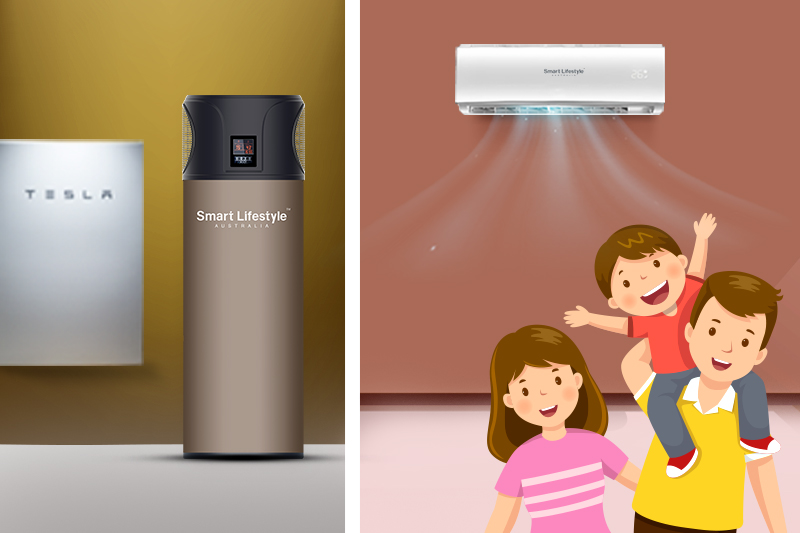
Australia has a significant chance of making homes cleaner with energy. Besides helping us fight climate change together, moving away from gas can help households save money on their energy bills. Here are some good things about having an all-electric home instead of gas.
Better for the environment
While your gas stove might not seem like a big deal for climate change, it is. About five million homes in Australia use gas, and gas emissions makeup 22% of all of Australia’s emissions. We can significantly reduce Australia’s carbon footprint by switching from gas to other energy sources.
Savings
One of the main reasons to go electric is that it’s cheaper. According to the Climate Council, running an all-electric home costs about $1,000 less yearly than a home that uses fossil fuels. Even though there are initial costs to switch from gas to electric appliances, the money you save over time can cover these costs. Plus, it’s better for the planet and your health.
Safer for your health
Gas stoves and appliances can make indoor air dirty. Some studies say that using gas for cooking can be as bad for your health as breathing in cigarette smoke.
Being eco-friendly at home
In a regular home in Victoria, heating and water heating makeup about 60% of the home’s costs. You’re making your home more eco-friendly and sustainable by switching from gas to electric.
What is the Rewire The Nation program? And how Can it Help?
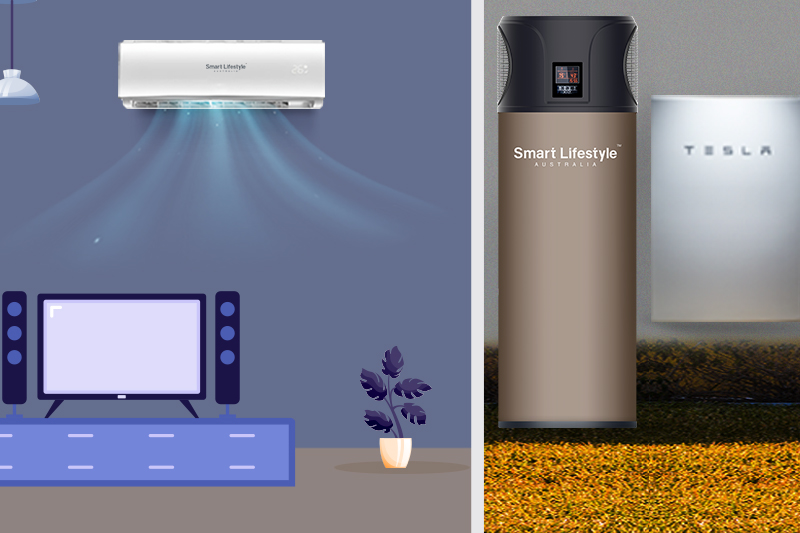
Rewiring the Nation to make clean energy more manageable and cheaper all across Australia.
Its plan involves spending $20 billion to update and improve our electricity grid and infrastructure. It’s a significant part of the Australian Government’s Powering Australia plan.
By doing it, the government aims to lower electricity prices and make renewable energy available everywhere in the country.
Many of Australia’s energy facilities, like power stations, are getting old. The government must invest in upgrades and new projects to ensure reliable power.
New transmission lines will carry renewable energy to cities, towns, and rural areas. It will give Australians reliable and affordable electricity.
Its plan will also help Australia meet its goal of reducing emissions by 43% by 2030 and having no emissions by 2050. This big investment is crucial to Australia’s response to climate change by growing our renewable energy industry.
Working with communities
We’re improving how we talk with communities to ensure energy projects benefit them.
We’re working to get more support from communities for renewable energy projects. Talking with communities and stakeholders will help us make better rules and policies.
Communities will benefit by:
- getting help and information about their rights and what they’re entitled to
- having better ways to talk about problems and get them fixed
- having a say in decisions that affect them.
We’re making changes in how we talk with communities, including:
- making national rules for talking with communities and checking how projects affect them
- doing a big survey about what Australians think about changing to renewable energy
- working with Aboriginal and Torres Strait Islander peoples to make a particular plan for clean energy.
Financial Incentives and Support
The Clean Energy Finance Corporation (CEFC) is managing $19 billion to help with Rewiring the Nation. The CEFC will ensure the money is used well to support its plan.
Besides it, $19 billion, $1 billion is set aside in the Rewiring the Nation Special Account.
Contact Smart Lifestyle Australia to have an electrifying home. Book your smart heat pump or eve chargers today!

